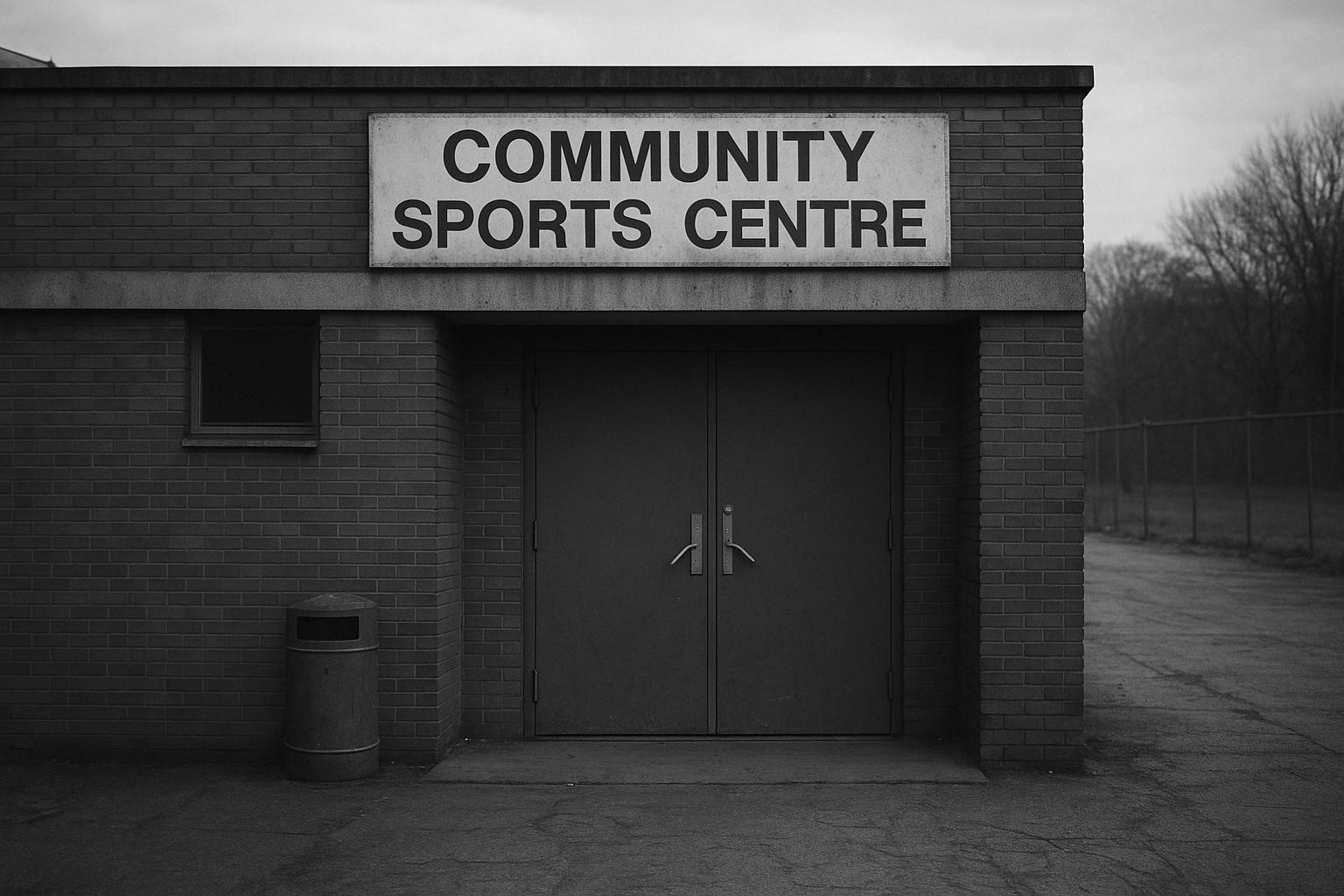Across the United Kingdom, a troubling trend is emerging as councils grapple with ever-increasing levels of debt: the mass sale of publicly owned assets, including schools, care homes, sports clubs, and other community facilities. This widespread "fire sale" is a symptom of deep financial distress among local authorities, as revealed in a recent BBC study. Councils collectively owe an eye-watering £122 billion, an amount equating to roughly £1,700 per resident in the UK.
Local councils have borrowed extensively for decades, using funds from banks and government bodies like the Public Works Loans Board (PWLB) to finance infrastructure projects, social housing, and, more recently, commercial investments such as shopping centres and solar farms. Although interest rates remained relatively low until 2022, there have been warnings, including from the Public Accounts Committee, that council debt had become unsustainable. Despite measures to curb borrowing for commercial purposes, total council debts continue to grow; last year alone saw a 7% increase in the debt pile, signalling no immediate relief.
Traditionally, councils are restricted from selling assets to finance day-to-day services like bin collection and social care. However, an increasing number of councils in financial difficulty have been granted "capitalisation directions" by the government, permitting them not only to sell assets but also to take short-term loans to fund regular expenses. These emergency powers are on the rise—with 30 councils granted such measures this year, up from 19 last year—yet they add costly layers to already swollen debts.
A staggering £2.9 billion worth of public assets—beyond just social homes sold through Right to Buy schemes—have been sold in the last two years. Councils with the highest debt burdens are disproportionately represented among the most active sellers. Jonathan Carr-West, chief executive of the Local Government Information Unit, likens this financial strategy to "payday loans for local government," warning that once these assets are sold, public value is lost permanently to private ownership, which stymies future regeneration efforts and local economic growth.
The ripple effects of this crisis are evident at the community level. In Croydon, south London—a borough burdened by £1.5 billion in debt—public assets including nurseries, community centres, and sports facilities have been sold to ease financial pressures. The New Addington Leisure and Community Centre, home to a boxing club that serves hundreds of local youth, closed its doors earlier this year. Head coach Bill Graham highlights the wider social consequences, stressing that the club plays a crucial role in crime prevention and youth support. Yet, in the face of financial hardship, these community lifelines are increasingly being sacrificed. Mayor Jason Perry of Croydon has stated that the council spends £70 million annually merely servicing its debt, reflecting the scale of its financial challenge.
Another poignant example is the Greenwich Equestrian Centre, a legacy facility from the 2012 London Olympics intended to introduce children and adults to horse riding and provide training opportunities. Despite community opposition and a petition backed by over 4,500 signatures, the council decided to sell the centre, ignoring offers from community groups to take it into local ownership. The Royal Borough of Greenwich's debts rose by £268 million last year, largely funding new affordable housing projects for its lengthy housing register. Businesswoman Tao Baker, advocating for community control of the equestrian centre, criticises the council's lack of transparency and engagement, warning that the sale will be "short-sighted" and harmful to the community in the long run.
This crisis has roots in government policy shifts since the mid-2010s when councils were encouraged to diversify income sources via property investments, often financed through borrowing. Sarah Calkin, editor of the Local Government Chronicle, explains that debt is not inherently problematic; its impact depends on usage and conditions. Many councils found themselves exposed when previously low-interest loans converted to much higher rates, creating financial distress. For instance, Warrington Council, with debts around £1.6 billion, used Treasury loans to purchase a diverse property portfolio, including retail parks and industrial sites, adding complexity to its financial management.
This pattern is consistent across the country. Councils like Swindon are selling shops, offices, industrial buildings, and farms to plug budget gaps—£21 million worth in one recent instance—with some proceeds earmarked to pay down debt and fund new capital projects. Somerset Council similarly faces the delicate task of selling commercial properties to repay nearly £300 million in loans while using sales income to sustain essential services such as adult social care. Other authorities, including Croydon which has declared bankruptcy multiple times, are disposing of libraries, retail parks, and community hubs to address their mounting deficits.
The scale and persistence of asset sales over the past decade are stark. Since 2010, local authorities across England have offloaded public assets valued at £15 billion, including parks, libraries, swimming pools, and other community infrastructure. This broad sell-off, extensively reported by The Guardian, underscores the structural financial pressures confronting local government, driven by budget shortfalls and constrained funding models. The public costs extend beyond lost facilities to the erosion of social value and long-term community resilience.
The UK government acknowledges the "broken" funding system for local councils and is progressing with reform proposals. However, experts like Dr Jonathan Carr-West caution that without a sustainable, long-term financial strategy, the erosion of public assets and community services will continue unchecked.
📌 Reference Map:
- Paragraph 1 – [1], [7]
- Paragraph 2 – [1], [5]
- Paragraph 3 – [1]
- Paragraph 4 – [1]
- Paragraph 5 – [1]
- Paragraph 6 – [1]
- Paragraph 7 – [1]
- Paragraph 8 – [1], [2], [4], [3]
- Paragraph 9 – [5], [6], [7]
- Paragraph 10 – [1]
Source: Noah Wire Services
